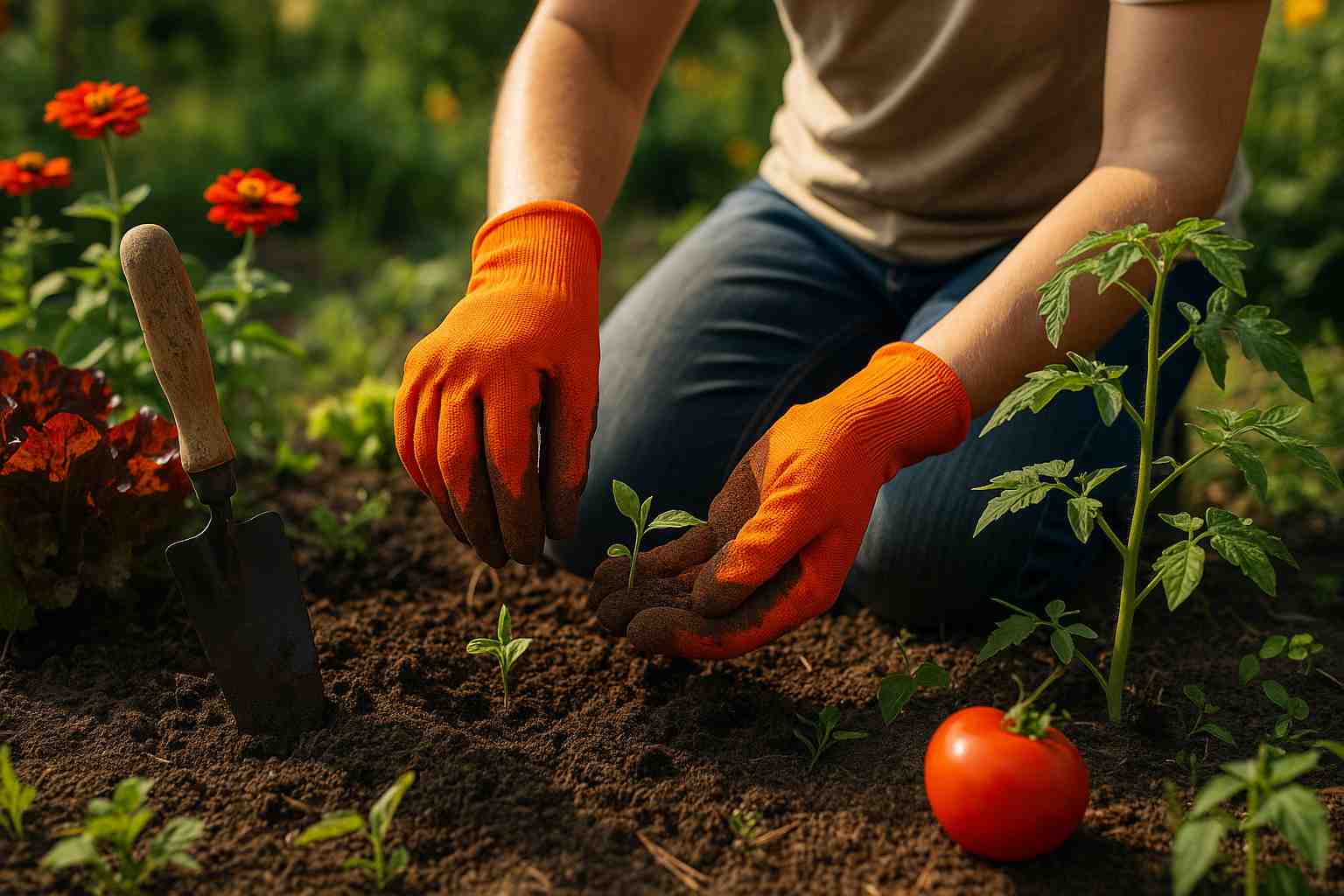There’s something deeply satisfying about tending plants, watching tiny seeds transform into lush greenery or vibrant blooms. Yet gardening isn’t merely digging, watering, and hoping for the best. Success hinges on understanding plants’ needs and steering clear of common missteps. Whether growing vegetables, flowers, or ornamental shrubs, avoiding certain pitfalls can make the difference between a thriving garden and one that struggles. Here’s a look at some frequent mistakes that can trip up even enthusiastic growers—and how to sidestep them for healthier, happier plants.
1. Ignoring Soil Health

Many new gardeners focus on plants but forget the soil beneath them. Healthy soil isn’t just dirt—it’s a living ecosystem of microbes, minerals, and organic matter. Neglecting soil health leads to poor growth, nutrient deficiencies, and increased disease risk. For example, heavy clay soil drains poorly, while sandy soil dries out quickly. A soil test is essential to understand pH and nutrient levels. Local cooperative extensions or garden centres often offer affordable testing services.
Without testing, gardeners might add unnecessary fertilisers or amendments, leading to imbalances. Incorporating compost regularly improves structure, aeration, and fertility across most soil types. Mulching with organic materials like shredded leaves or straw also feeds soil life as it decomposes. Ignoring these fundamentals can stunt plant growth and waste both money and effort. Check out this guide on soil health from University of Minnesota Extension.
2. Overwatering Plants
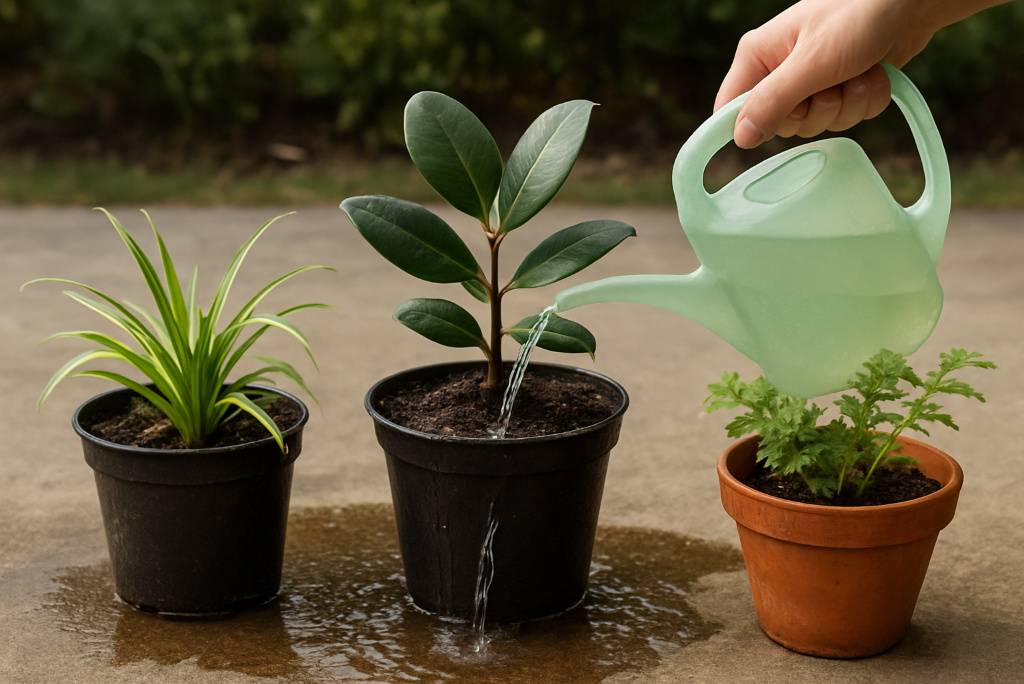
More water doesn’t equal healthier plants. In fact, excessive watering is one of the fastest ways to kill them. Too much moisture suffocates roots, causing rot and promoting fungal diseases like powdery mildew or root rot. Different plants have vastly different water requirements. For instance, succulents thrive in dry conditions, while leafy vegetables need consistent moisture.
Always check soil moisture before watering. Stick your finger an inch deep; if it’s still damp, hold off. Using well-draining soil and pots with drainage holes for container gardens helps prevent soggy roots. Also, watering deeply and less frequently encourages roots to grow deeper, making plants more resilient during dry spells. The Royal Horticultural Society offers excellent watering guidelines for different plant types.
3. Planting Without Considering Sunlight
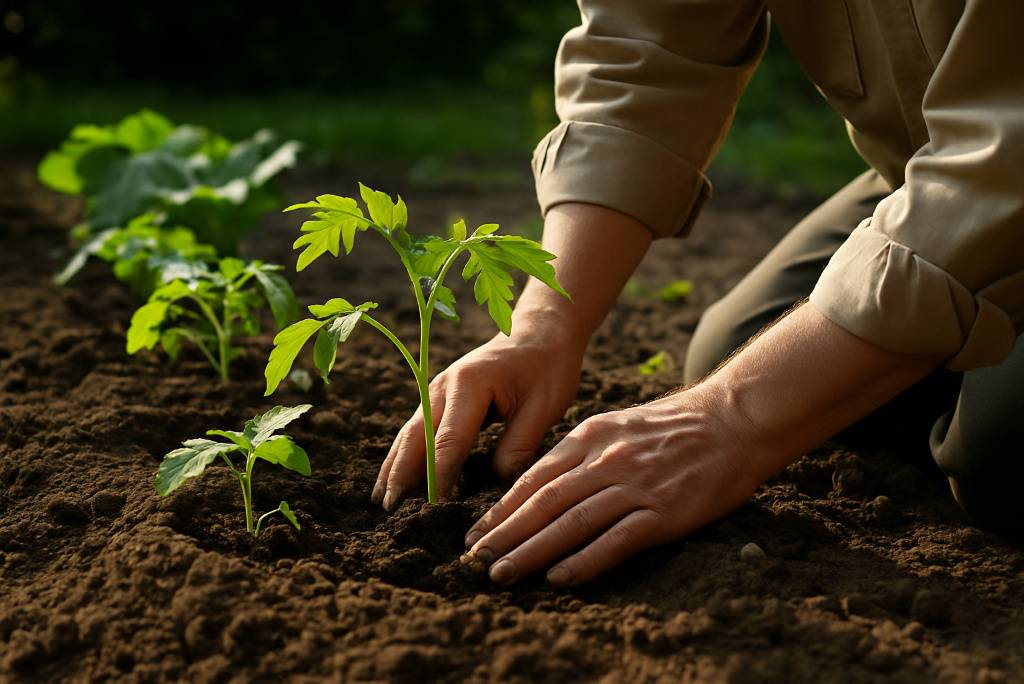
Light is a fundamental resource that plants need to photosynthesize and grow. Planting sun-loving crops like tomatoes in shady corners is a recipe for disappointment. Before planting, observe your yard for at least a few days to see how sunlight moves across the space. Full sun generally means at least six hours of direct sunlight daily.
Partial shade might only be three to four hours. Many herbs, vegetables, and flowering plants thrive in full sun. In contrast, ferns, hostas, and some flowering shrubs prefer shadier spots. Matching the plant’s light requirement to its location helps ensure robust growth and blooming. Here’s a helpful light guide from Clemson Cooperative Extension.
4. Crowding Plants Too Close
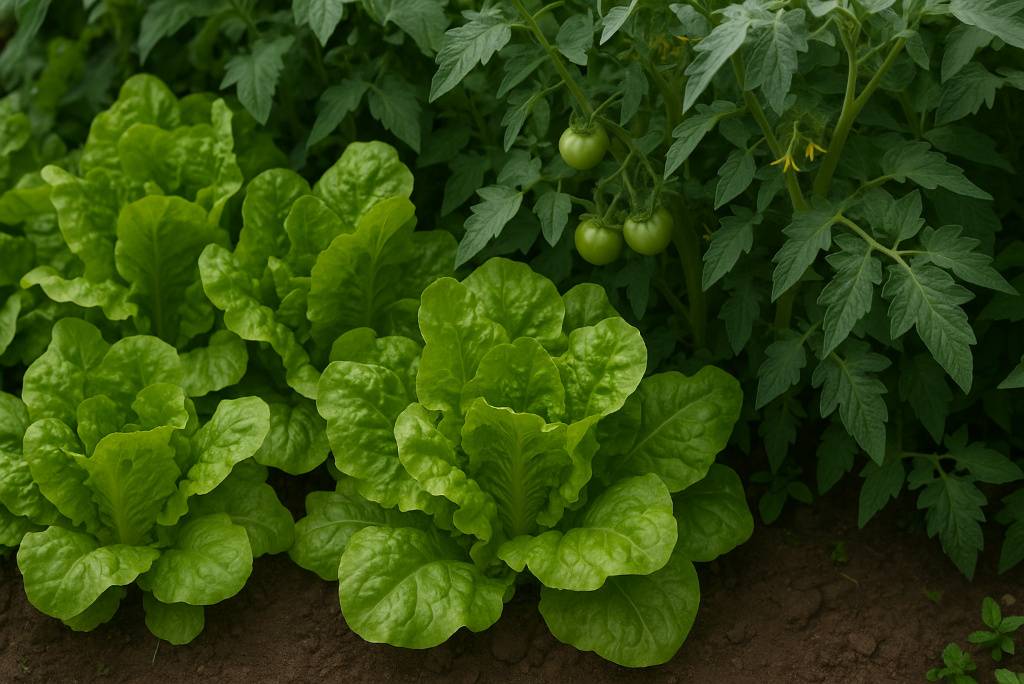
While it’s tempting to pack in as many plants as possible, overcrowding is a classic rookie mistake. Dense planting reduces air circulation, increasing the risk of fungal diseases like blight or mildew. Moreover, crowded roots compete for water and nutrients, stunting overall growth. For example, spacing lettuce too close leads to smaller heads and less yield.
Even flowers suffer; zinnias or marigolds require space to spread and breathe. Always check the plant label or seed packet for spacing recommendations. While seedlings may look small at first, they quickly expand. Allowing room between plants promotes better airflow, access to sunlight, and stronger root systems. Read more on plant spacing in this article from Better Homes & Gardens.
5. Skipping Mulch
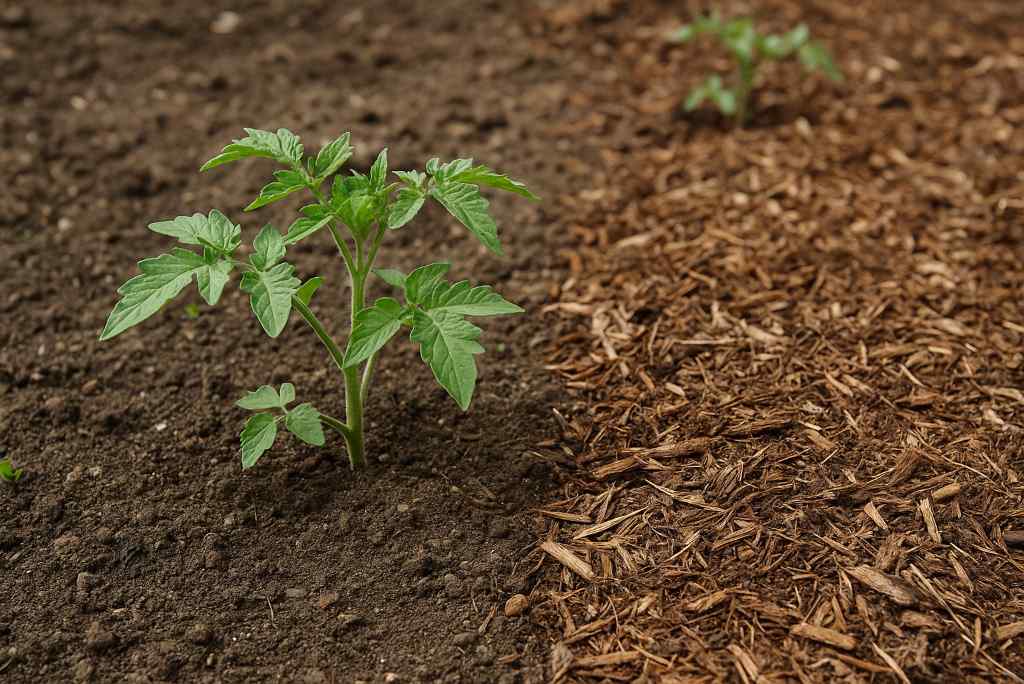
Mulch isn’t just decorative—it’s a crucial part of garden health. Skipping it means exposing your soil to weeds, temperature fluctuations, and rapid water evaporation. Organic mulches like shredded bark, straw, or compost help retain moisture, suppress weeds, and slowly enrich the soil as they decompose.
In vegetable gardens, straw mulch keeps soil cooler and prevents splash-back that spreads disease. However, piling mulch against plant stems can trap moisture and cause rot, so keep it a few inches away from trunks or stems. The University of Maryland Extension offers excellent guidance on choosing and applying mulch effectively.
6. Planting at the Wrong Time
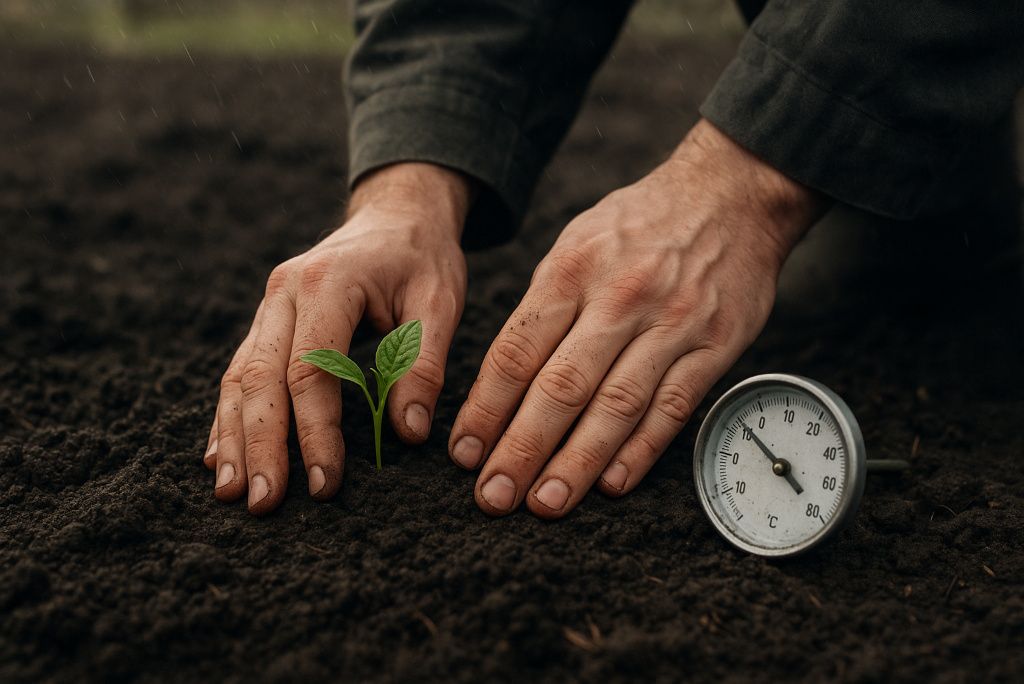
Timing matters. Planting too early exposes seedlings to frost damage, while sowing too late reduces harvest windows. Different plants have varied tolerance to cold and heat. For example, peas and spinach thrive in cool weather, but tomatoes and peppers demand warmth.
Each region has specific planting dates based on average frost dates. Check your local USDA Hardiness Zone and planting calendars before sowing. Starting seeds indoors or using protective covers like row tunnels can help extend growing seasons. Find your planting dates through this USDA Plant Hardiness Zone Map.
7. Using Too Much Fertilizer
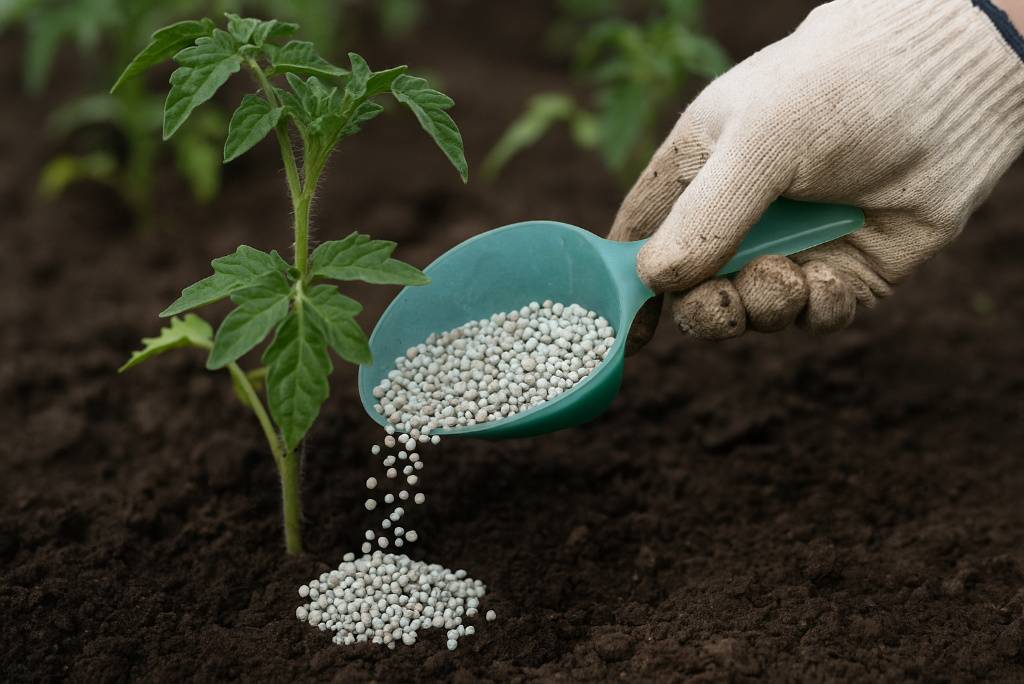
Beginners often think that adding more fertilizer means faster growth. In truth, over-fertilisation can burn roots, disrupt soil balance, and even damage beneficial microbes. For example, leafy greens like lettuce grow lush with excess nitrogen but become prone to pests and poor flavour.
Fruit-bearing plants may produce lots of foliage but little fruit if fertilised incorrectly. Start with a soil test to determine actual needs. Organic fertilisers like compost or aged manure release nutrients slowly, reducing the risk of overfeeding. This resource from Oregon State University Extension explains how to avoid fertilizer mistakes.
8. Neglecting Pest Identification
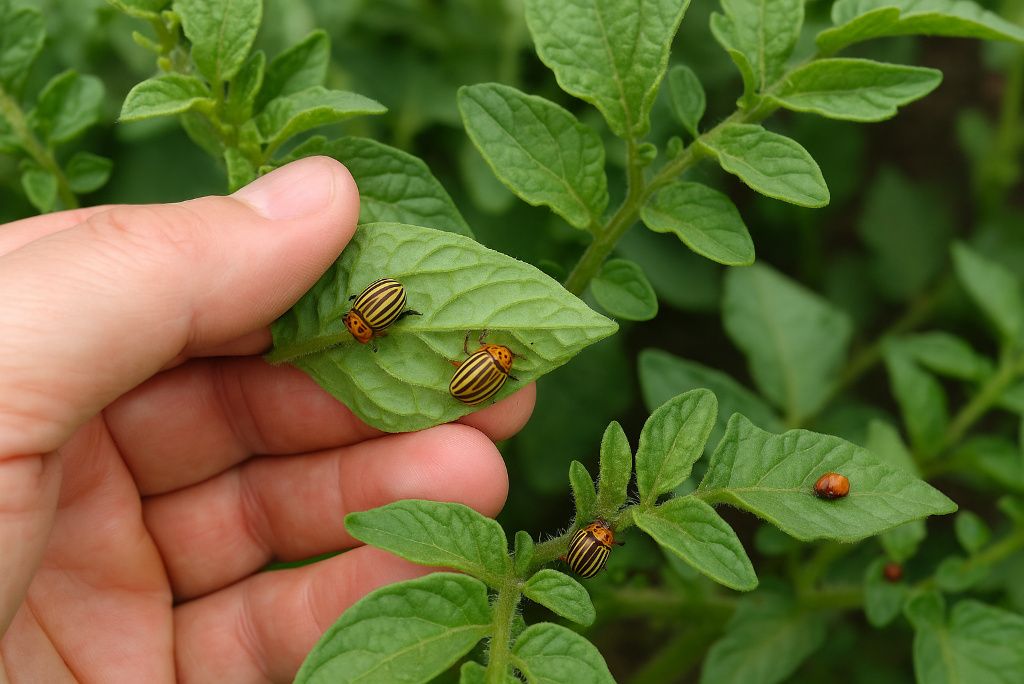
Seeing a bug doesn’t automatically mean you have a problem. Many insects in the garden are beneficial predators or pollinators. Spraying pesticides indiscriminately can kill helpful insects and upset the natural balance. For instance, ladybirds devour aphids, and parasitic wasps keep caterpillar populations in check. Learn to identify both pests and beneficial insects before taking action.
Encourage good bugs by planting diverse flowering plants and avoiding broad-spectrum pesticides. Spot-check plants for signs of trouble and intervene only when necessary. University of California IPM has a thorough guide to identifying garden pests and their natural enemies.
9. Forgetting to Rotate Crops
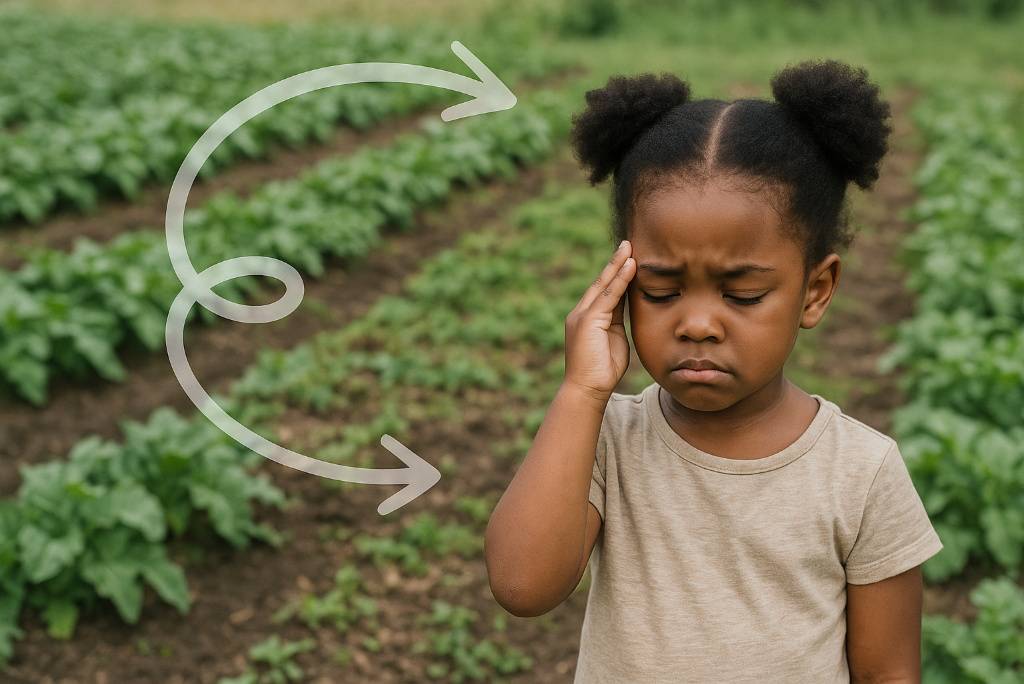
Planting the same crops in the same soil every year depletes nutrients and encourages the buildup of pests and diseases specific to that crop. For example, tomatoes planted in the same spot annually are more prone to soil-borne diseases like fusarium wilt.
Rotating crops breaks pest cycles and balances nutrient demands. A simple rotation plan involves changing plant families each year—for instance, moving brassicas, legumes, root crops, and fruiting crops to different beds. Keeping records helps track what was planted where. Read about crop rotation in this article from The Old Farmer’s Almanac.
10. Not Learning from Mistakes

Every gardener makes mistakes—that’s part of the journey. However, failing to observe and learn from those errors can keep a garden from thriving. Keep a garden journal noting planting dates, weather, pest issues, and successes. Over time, this information becomes a valuable resource, helping fine-tune your gardening practices. Even seasoned gardeners face setbacks, like sudden droughts or surprise pest invasions. What matters most is staying persistent and being open to change. For tips on garden journaling and improving skills, see this piece from Penn State Extension.

